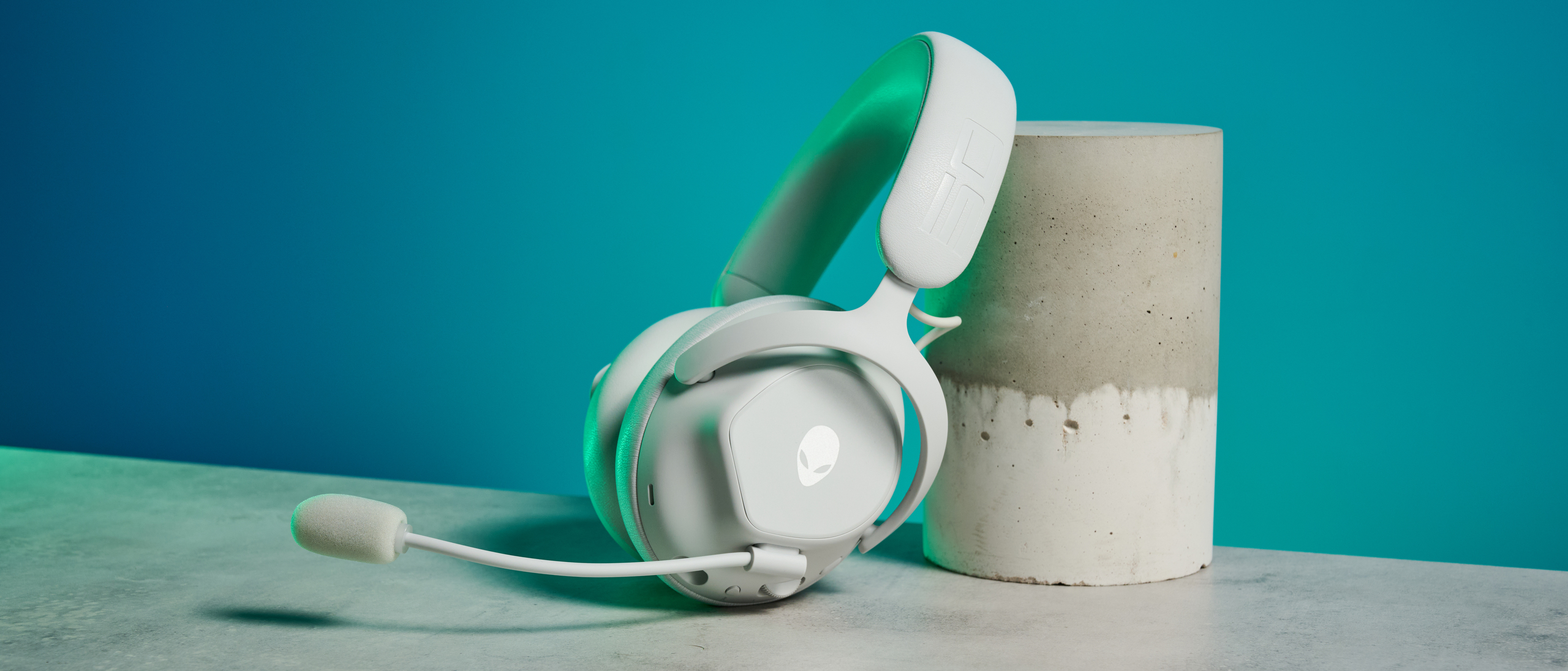iPhone 15 Pro offers up to 10Gbps data transfer speeds — here’s what you need
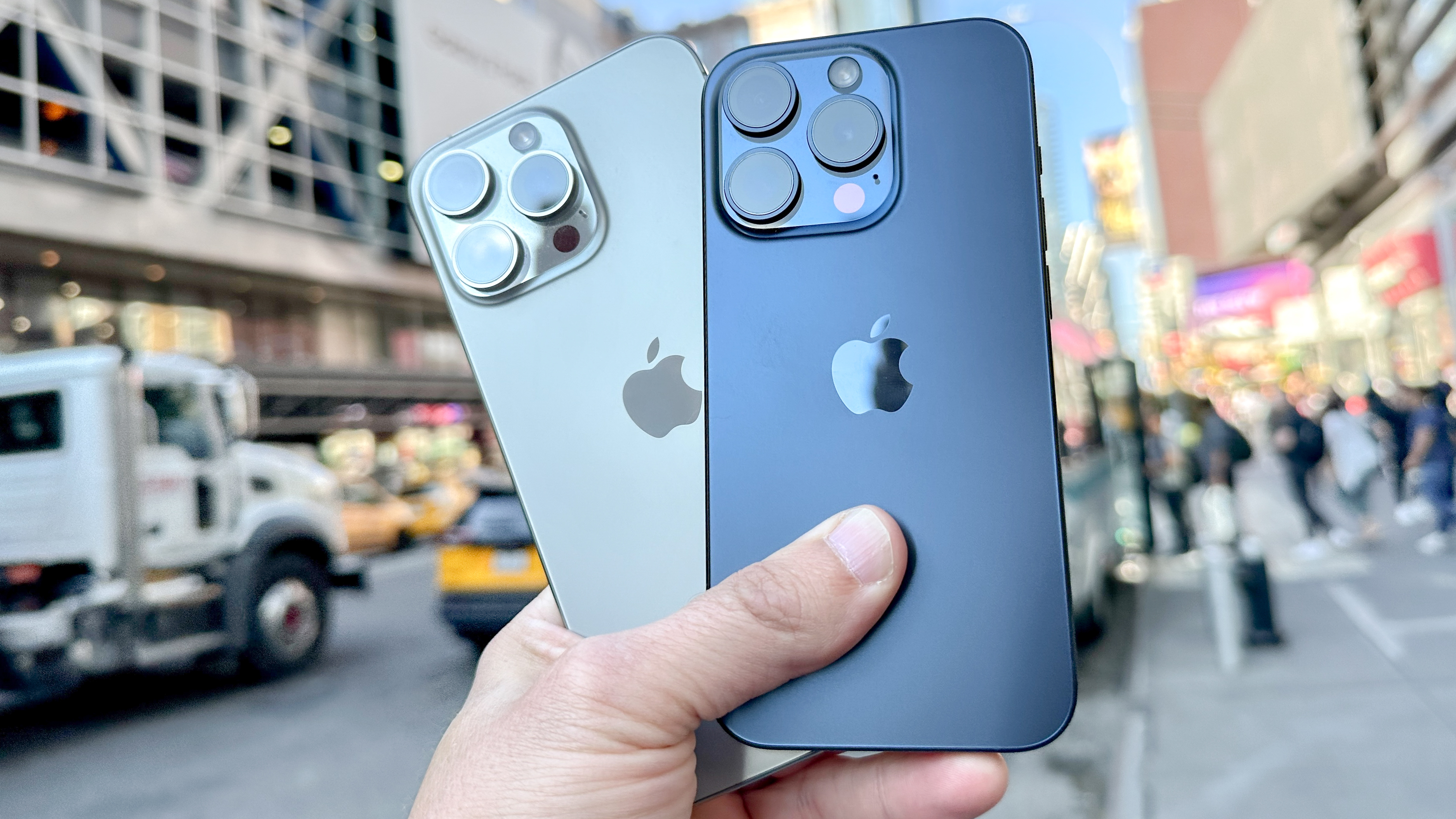
One of the benefits of having an iPhone 15 Pro or an iPhone 15 Pro Max is that they’re capable of transferring data at much higher speeds than other iPhones — including the standard iPhone 15. But you won’t be able to access those high speeds right out of the box.
The iPhone 15 Pro is capable of USB 3.0 speeds up to 10Gbps, but the USB-C cable included with the phone is limited to 480Mbps. That’s USB 2.0 speeds, and more than 20 times slower than the maximum speed available. Which means you’re going to need to go shopping for a better cable.
These don’t come cheap, but now that the Black Friday deals are starting to pour in, you may be able to get the right equipment for a discount. Here’s what you need to enjoy the fastest data transfer speeds on iPhone 15 Pro and iPhone 15 Pro Max.
Make sure you have the right phone
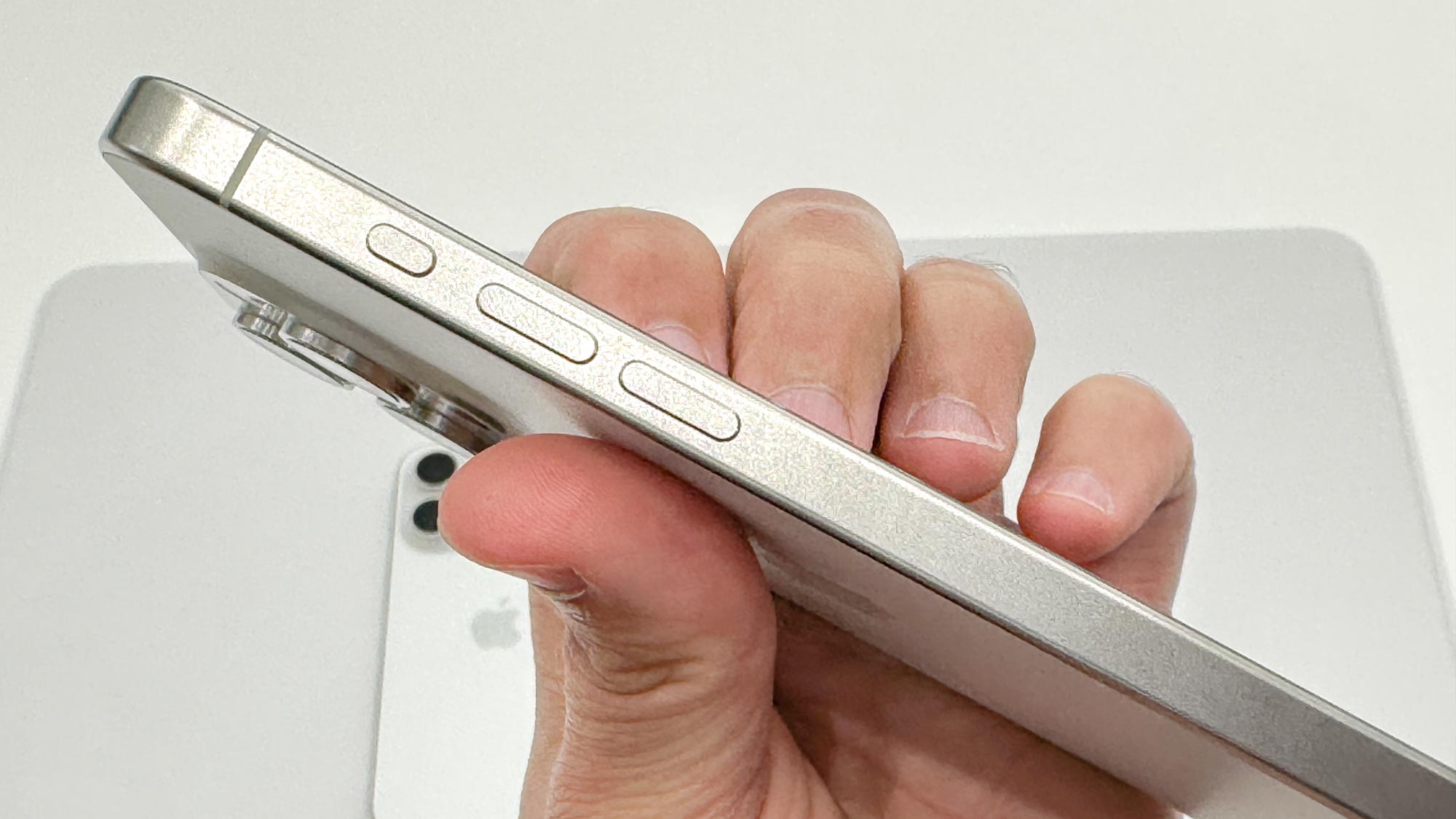
The most important thing to do before you buy anything is double check which iPhone you actually have. Currently faster data transfer speeds are restricted to the iPhone 15 Pro and iPhone 15 Pro Max.
If you own an iPhone 15, iPhone 15 Plus or any older iPhone model, then you are stuck with the same slow speeds as ever. That means you should stick with the cable that came with your phone, because buying a faster one won’t change a single thing.
The easiest way to double check to see if you have an iPhone 15 Pro? Look for the solid-state Action button on the left side of the device. If you’ve got that instead of a mute switch, you can go ahead and start looking at better cables.
Purchase a fast USB-C cable
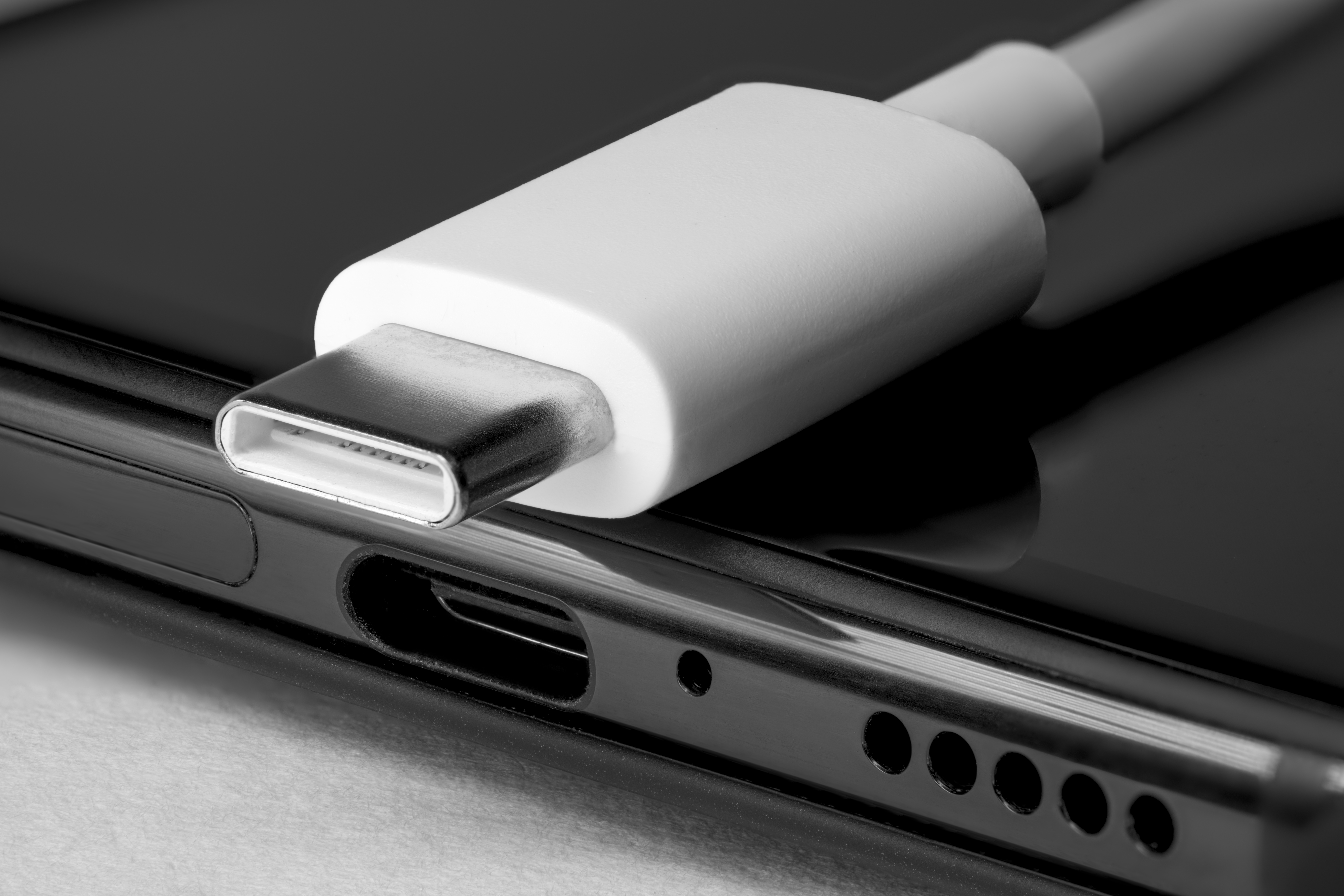
Aside from having the correct kind of iPhone, the most important component in getting fast data transfer speeds is to get the right kind of cable. As we said before, the USB-C cable that comes with each iPhone 15 is only rated to 480 Mbps. These cables are also, rather confusingly, referred to as “Hi-Speed USB” by the USB Implementer’s Forum — the folks behind the USB standard.
Get instant access to breaking news, the hottest reviews, great deals and helpful tips.
Thankfully, buying the correct USB-C cable isn’t difficult, especially now that a more simplified labelling system has been introduced. You need a cable that offers at least 10Gbps data transfer speeds. 20, 40 and 80 Gbps options are also available, but they’re often more expensive and don’t offer any additional benefit.
Another alternative is to pick up a Thunderbolt 3 cable, which will be rated for up to 40Gbps data transfer — and have the same USB-C connector. It’s worth noting that Thunderbolt 3 cables are more expensive since they offer a bunch more benefits compared to comparable USB-C cables. These will be effectively useless for the iPhone 15 Pro, since it doesn’t support Thunderbolt 3. However, if you have a Mac or some other computer that does support Thunderbolt, then the cable could pull double duty.
Currently the only suitable cable Apple sells directly is a Thunderbolt 4 cable, which costs $69. All other USB-C cables at the Apple Store are for charging and top out at USB 2’s 480 Mbps.
USB-C cables are available just about everywhere online, so long as you make sure to buy legitimate cables from trusted sellers rather than the cheapest available option.
Make sure you have a speedy storage device
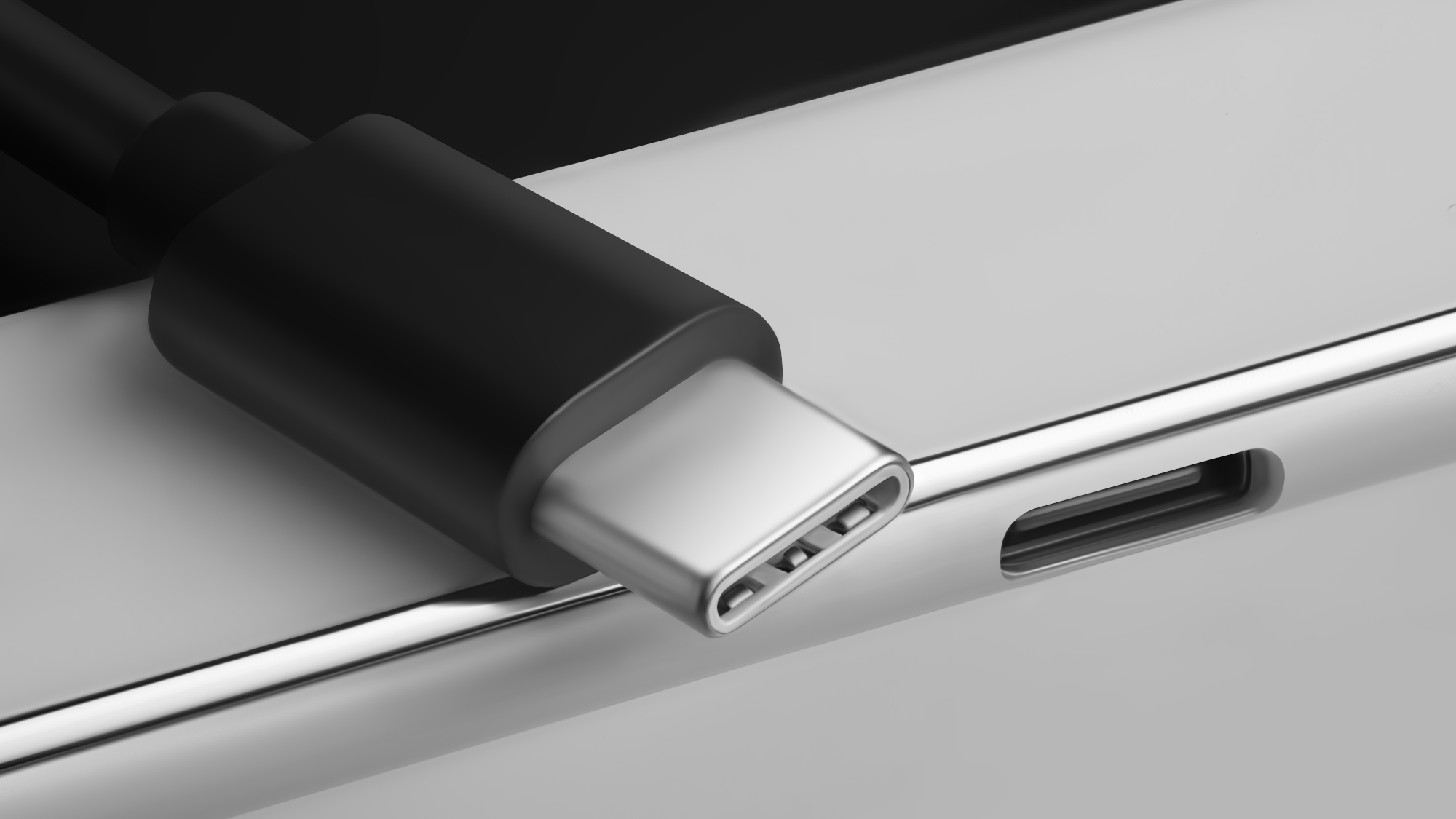
The final part of the iPhone 15 Pro data transfer equation is the storage device. This could be a Mac, or some kind of external storage drive, just as long as it’s somewhere for data to transfer to or from.
Finding the right device isn’t that different from finding the right USB-C cable, in that you need to find one that is capable of supporting at least 10 Gbps transfer speeds.
In the case of external drives, be they hard drives or SSDs, the manufacturer is usually pretty transparent about the maximum available speed. Which helps because the different USB versions that have come and gone all have very similar names and different transfer speeds. Which means it can be pretty confusing.
As with cables, picking up a drive capable of supporting anything faster than 10 Gbps or at least Thunderbolt 3 will get you the appropriate speeds. But you will end up paying extra for something you can’t fully exploit — unless you intend to use the drive with other devices.
Alternatively, labels like USB 3.2 or USB 3.1 Gen 2 are a good indicator the drive is fast enough, though we implore you to always double check the specs before you buy. Just because the naming isn't always particularly straight forward.
The same goes for any desktop machines or laptops you may already have. Typically one or more of your USB-C ports will offer USB 3.0-plus data transfer speeds, while many premium machines have at least one Thunderbolt port. The brand new MacBook Pro M3 actually has 3 Thunderbolt 4 ports, in case you want to be spoiled for choice.
Sometimes these are labelled, sometimes they aren’t. The only way to know for sure is to either check the specs — whether that’s on the machine itself or the manufacturer’s website.
iPhone 15 Pro's USB-C offers more than fast data transfer
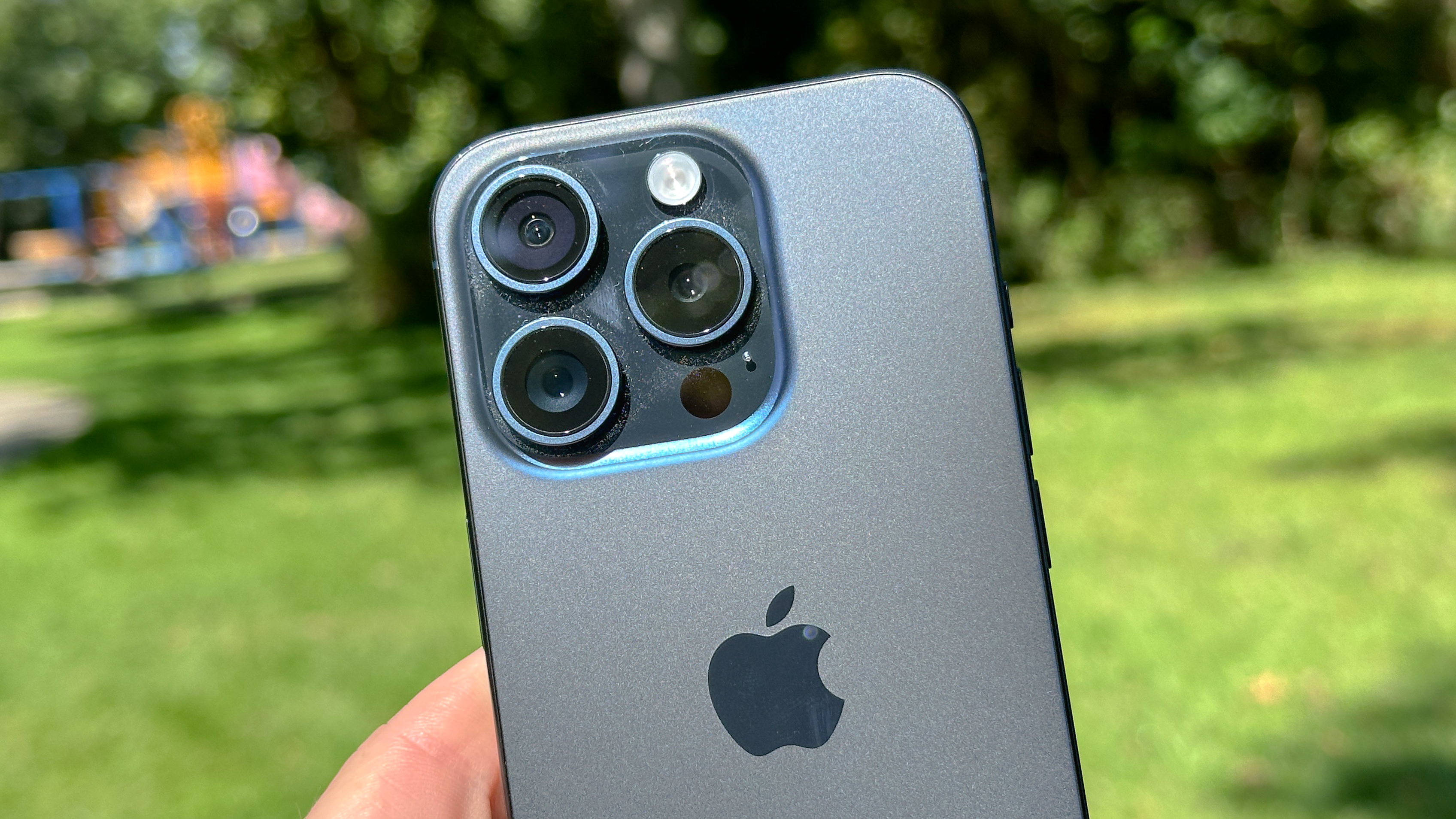
The iPhone 15 Pro’s USB-C port is good for a lot more than just transferring data — as useful as those faster speeds can be. One of the big ones is that having the right gear lets you record ProRes video, in up to 4K/60fps, directly onto an external storage device.
While it’s not available for other video recording, it means such large video files don’t have to take up space on your iPhone — or force you to sit and wait while they transfer elsewhere. You will need a cable and storage device fast enough to handle it.
The port is also compatible with CarPlay-compatible cars, external displays, microphones, battery packs, USB ethernet adapters and SD card readers. Most of these things were possible on USB 2.0, but the likes of external display support relied on USB 3’s speedy data transfer. So make sure you have the appropriate cable handy.
More from Tom's Guide
- It's official — the 13-inch MacBook Pro is discontinued
- One UI 6 just gave your Samsung Galaxy phone a ton of camera upgrades
- New MacBook Pro M3 unveiled — here's what you get for $1,599

Tom is the Tom's Guide's UK Phones Editor, tackling the latest smartphone news and vocally expressing his opinions about upcoming features or changes. It's long way from his days as editor of Gizmodo UK, when pretty much everything was on the table. He’s usually found trying to squeeze another giant Lego set onto the shelf, draining very large cups of coffee, or complaining about how terrible his Smart TV is.
